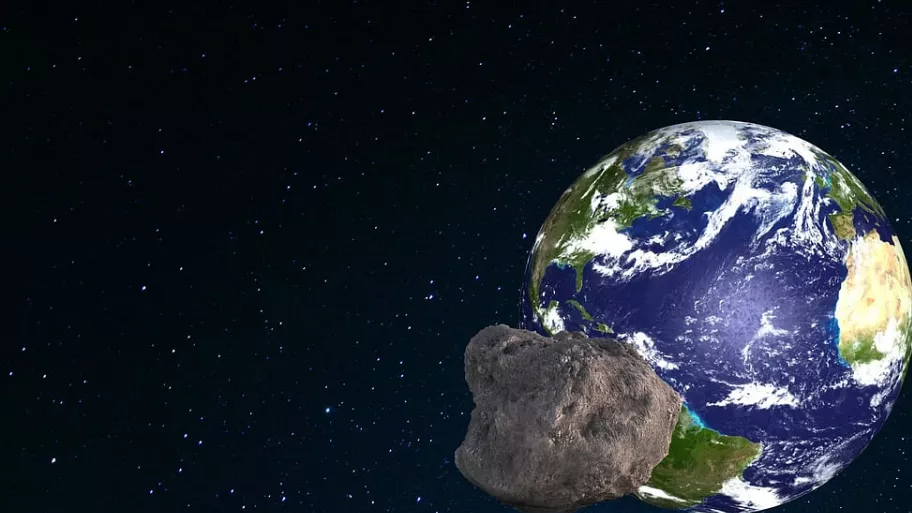
The probability of the recently discovered asteroid, which is expected to make a close pass close to Earth in 2032, has doubled.
NASA’s new observations of the asteroid, dubbed 2024 YR4, have led to a 2.3 per cent chance of it hitting Earth on 22 December 2032.
The space agency had previously put the risk at about 1 per cent.
Although the risk is still quite low, scientists continue to closely monitor the asteroid’s trajectory.
2024 YR4 will remain visible until April. In the meantime, the asteroid will continue to be monitored by ground-based telescopes from the International Asteroid Warning Network. After April, the asteroid will become too faint to be observed until June 2028.
The James Webb Space Telescope is scheduled to determine the asteroid’s exact size in March 2025 to clarify collision predictions. Currently, the diameter of the space rock is estimated at 40 to 90 metres.
The threat posed by the asteroid was determined as 3 degrees on the Torino Scale.
A rating of 3 (Yellow Level) means that this asteroid is likely to hit the Earth, but will have a localised impact rather than global damage. It is also possible that the probability of impact of asteroids in this category can be reset to zero as a result of more precise calculations.
According to SciTechDaily, the scale works as follows:
0-1 degree: It means that the probability of an asteroid impact is negligible.
2-4 degrees: An event that needs to be monitored but is not yet of concern.
5+ degrees: Indicates a more serious risk that requires international planning.
What damage could asteroid 2024 YT4 cause?
If the data scientists have collected about 2024 YT4 is correct, the asteroid is the same size as Tunguska, which hit Earth in 1908. Therefore, the impact effect could be felt at the local level. However, the asteroid has the potential to cause serious damage to the impact site.
Tunguska is the largest asteroid impact event recorded in human history. However, we know that there were many larger impacts in prehistoric times. The most notable of these is Chicxulub, which took place about 66 million years ago and ended the reign of the dinosaurs by wiping out two-thirds of life on Earth.
Tunguska was not such a violent impact. Exploding in the atmosphere over a sparsely populated region of Russia, the asteroid released the same energy as the explosion of 50 million tonnes of TNT.

According to Space.com, the impact flattened an estimated 80 million trees over an area of 2,150 square kilometres, killing three people.
“If 2024 YT4 is made of rocky material, it could explode in midair and reach the ground as a fireball,” said David Rankin, asteroid hunter and engineer at Catalina Sky Survey.
“If it is made of iron, it will pierce the atmosphere with little trouble and form an impact crater. So it’s critical to understand not only the orbit, but also its composition and size.”
Rankin and astronomers around the world will continue to gather as much information as possible about asteroid 2024 YT4 before 2032.



